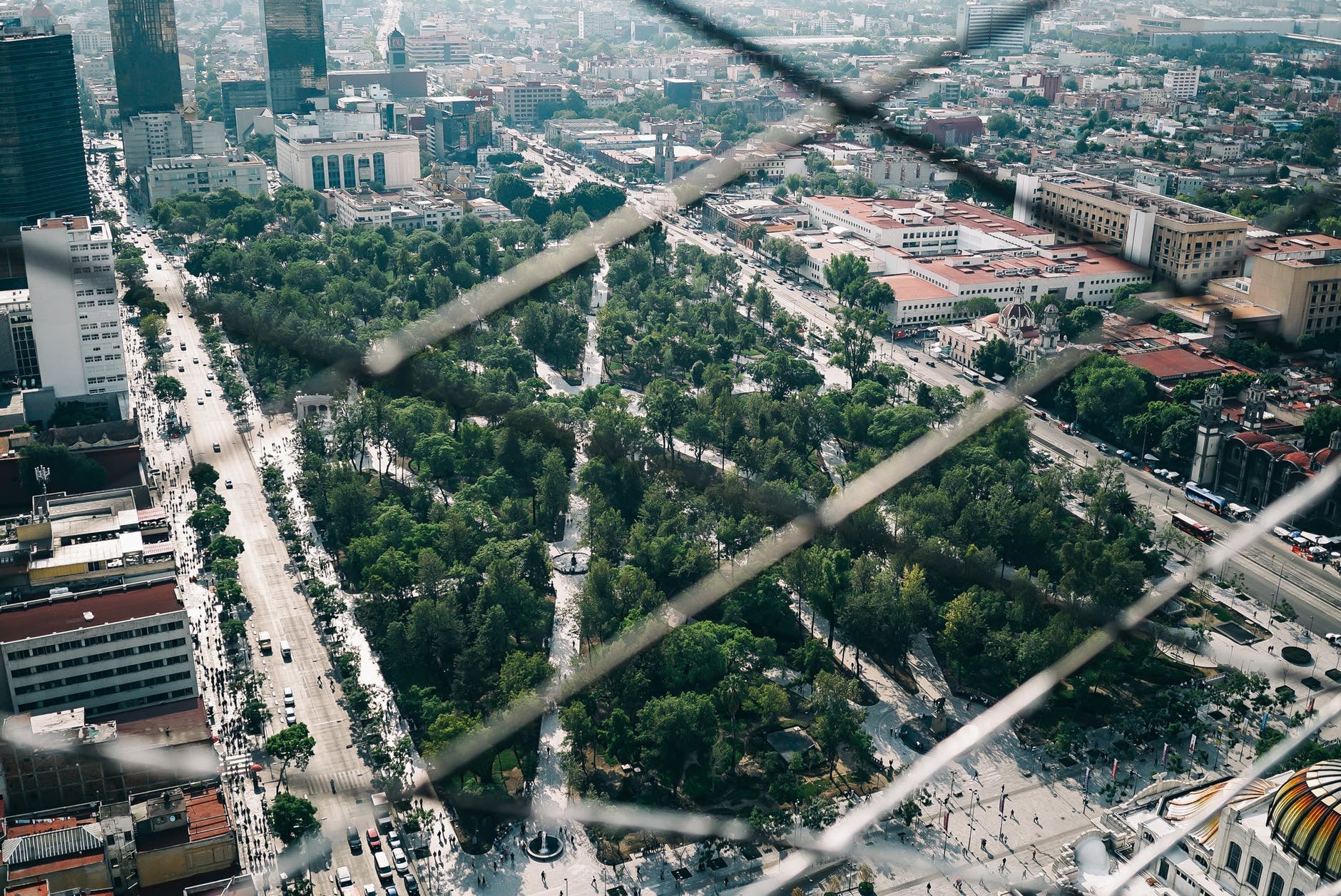Across the world, young people are protesting against what they describe as the inaction of leaders on climate change. Younger generations condemn decision makers for what they perceive as a ¨business as usual mentality¨ and failure to meaningfully consider sustainability issues and intergenerational justice.
This is a wake-up call, we must listen to. And this is especially the case when considering infrastructure, because much of the infrastructure built today, such as roads and buildings, will be there for multiple decades thus having a long-lasting impact on society and the environment.
These infrastructure choices will determine how equitable, resilient and polluting our societies will be for future generations. Indeed, with 70 percent of the forecast increase in greenhouse gas emissions from developing countries set to come from infrastructure that has yet to be built, the decisions made today will determine whether countries will be able to deliver on the Paris Agreement and Sustainable Development Goals or not.
It is therefore crucial to invest in sustainable infrastructure, which generates fewer emissions and is more resilient to extreme weather events while delivering improved public services to help reduce poverty and inequality.
The Inter-American Development Bank (IDB) is generating an important debate about how to shift the focus from traditional infrastructure to sustainable infrastructure to ensure that a project is sustainable over its entire life cycle.
At our recent event Voices for Development, as part of the Bank’s 60th anniversary, the session Beyond Roads, Pipes and Cables: Infrastructure and Sustainability in the Americas looked at this issue. Together with different strategic partners, the session discussed the provision of infrastructure services across all the dimensions of sustainability.
The social dimension of sustainable infrastructure was examined by Monica Araya, director and co-founder of Costa Rica Limpia. She emphasized the importance of a human-centered approach to the provision of infrastructure with the ultimate goal to improve lives, which must be central to planning processes.
The economic dimension was underlined by Eleanor Allen from Water for People, which works across the globe, including with some IDB projects. She pointed out that the economic potential of green technologies and explained the case of reusing wastewater as a valuable but widely untapped resource.
The institutional dimension was addressed by Daniel Runde, Senior Vice President of the Center of Strategic and International Studies. He highlighted the importance of strengthening the local capacities in the LAC region in light of new upcoming technological challenges like privacy protection and cyber security.
Juan Pablo Bonilla, Manager of the IDB’s Climate Change and Sustainable Development Department, stressed the importance of taking the environmental sustainability and climate resilience dimensions into account when considering infrastructure projects. He emphasized the great potential of electric vehicles to transform our cities into more sustainable spaces by improving air quality with major benefits for our health.
The session’s moderator Agustín Aguerre, Manager of the IDB’s Infrastructure and Energy Department, concluded by highlighting the importance of continuing the IDB’s work on Sustainable Infrastructure. Currently our priority is to apply the IDB Group’s Sustainable Infrastructure Framework to projects the Bank finances and work with our member countries on how best to integrate this framework into their decision making on infrastructure.
We all need to do a better job of listening to the younger generations and focus on creating the necessary conditions to deliver sustainable infrastructure. To ensure a brighter and more sustainable future for all, that work must begin today.
Photo credit: Ricardo Esquivel


Leave a Reply